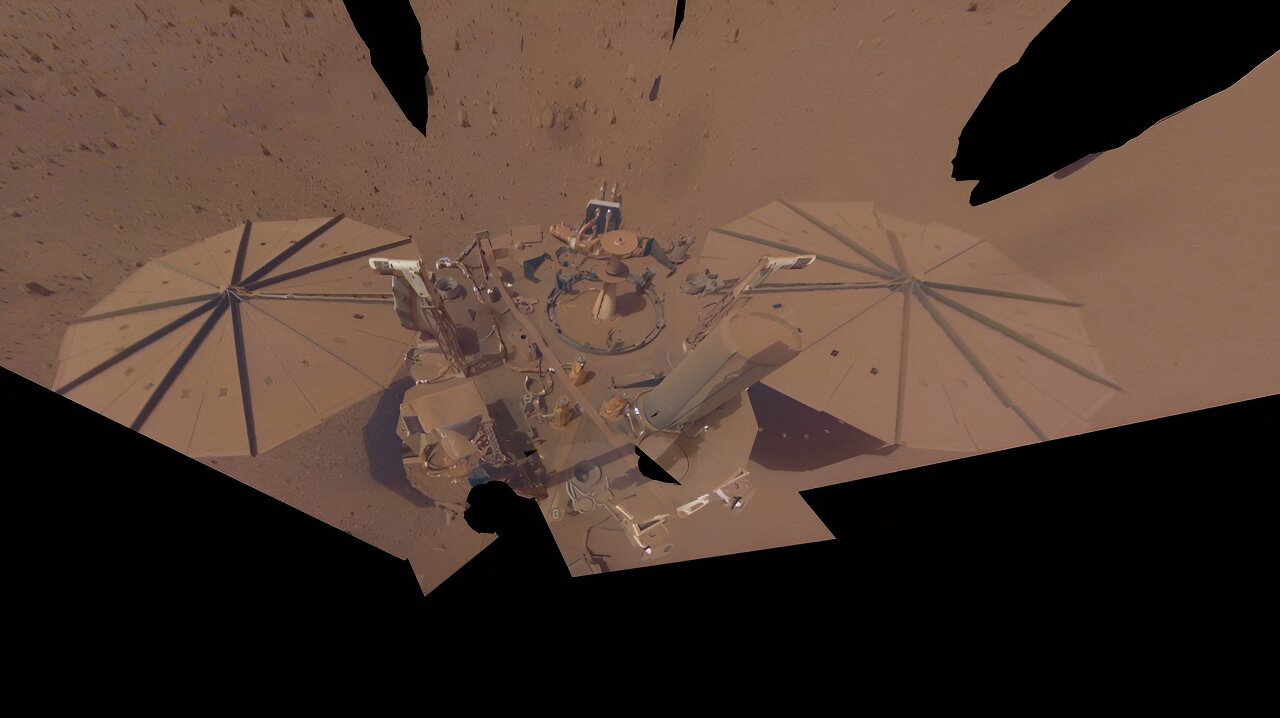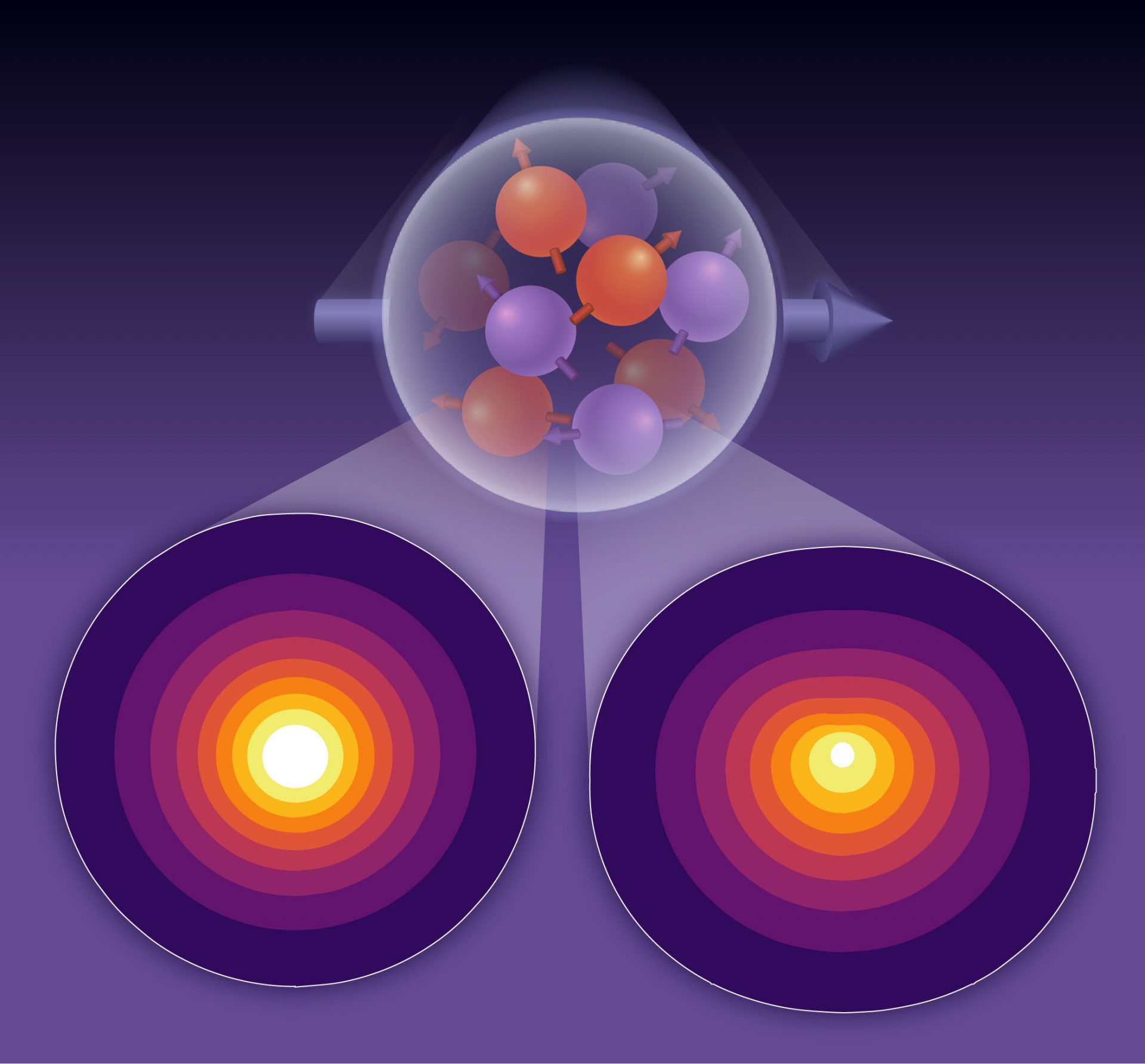Prepare to be amazed! Scientists have just made the most precise measurements ever of Mars’s rotation, uncovering a fascinating phenomenon: the planet’s wobble caused by the “sloshing” of its molten metal core. This groundbreaking discovery, detailed in a recent Nature paper, relies on data from NASA’s InSight Mars lander, which operated for an impressive four years before its extended mission came to an end in December 2022.
But how did they track Mars’s spin rate? The study’s authors used a remarkable instrument on InSight called the Rotation and Interior Structure Experiment, or RISE. By analyzing the data collected, they discovered that Mars’s rotation is actually accelerating by about 4 milliarcseconds per year. This means that the length of a Martian day is gradually shortening by a fraction of a millisecond each year. It’s a subtle change, and scientists are still trying to determine the exact cause. Some theories include the accumulation of ice on the polar caps or post-glacial rebound, where landmasses rise after being buried by ice. Imagine a planet spinning faster, just like an ice skater pulling their arms in to spin faster. Fascinating, right?
“It’s really cool to be able to get this latest measurement—and so precisely,” said Bruce Banerdt, the principal investigator of InSight at NASA’s Jet Propulsion Laboratory. “All those decades of work to get a geophysical station like InSight onto Mars have been worth it.”
How RISE works
RISE is part of a long tradition of Mars landers using radio waves for scientific exploration. However, InSight’s advanced radio technology and upgraded antennas within NASA’s Deep Space Network on Earth provided data that was five times more accurate than what was available during previous missions. The process involved beaming a radio signal from Earth to the lander, which would then reflect the signal back. By analyzing the reflected signal and measuring tiny changes in frequency caused by the Doppler shift, scientists were able to determine Mars’s rotation speed.
“What we’re looking for are variations that are just a few tens of centimeters over the course of a Martian year,” explained Sebastien Le Maistre, the lead author of the paper and RISE’s principal investigator at the Royal Observatory of Belgium. “It takes a very long time and a lot of data to accumulate before we can even see these variations.”
Of course, the scientists faced challenges along the way. They had to eliminate sources of noise, such as the distortion caused by water in Earth’s atmosphere or the interference from the solar wind. But their hard work paid off, and the experiment turned out to be historic.
Martian core measurements
But that’s not all! The RISE data also allowed the study authors to measure Mars’s wobble, known as its nutation, caused by the sloshing of its liquid core. This measurement provided valuable insights into the size and shape of the core. Based on the RISE data, the core has a radius of approximately 1,140 miles (1,835 kilometers). By comparing this figure with previous measurements derived from the spacecraft’s seismometer, the authors estimated the core’s radius to be between 1,112 and 1,150 miles (1,790 and 1,850 kilometers). To put it into perspective, Mars as a whole has a radius of 2,106 miles (3,390 kilometers), which is about half the size of Earth’s.
These findings also revealed that the core’s shape cannot be explained solely by its rotation. It requires regions of slightly higher or lower density buried deep within the mantle. This discovery adds another layer of complexity to our understanding of Mars’s internal structure.
While scientists will continue to analyze the data collected by InSight for years to come, this study marks the end of an era for Bruce Banerdt, who retired on August 1 after 46 years with NASA’s Jet Propulsion Laboratory. His dedication and contributions have paved the way for groundbreaking discoveries like these.








